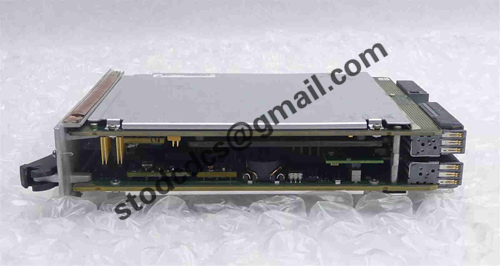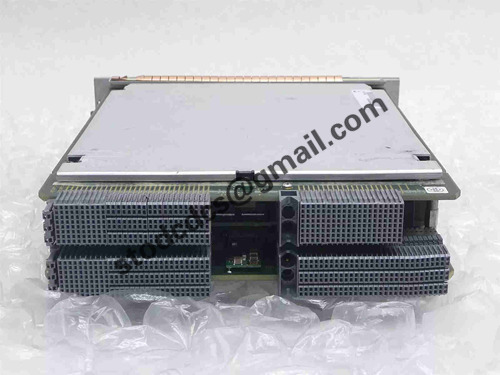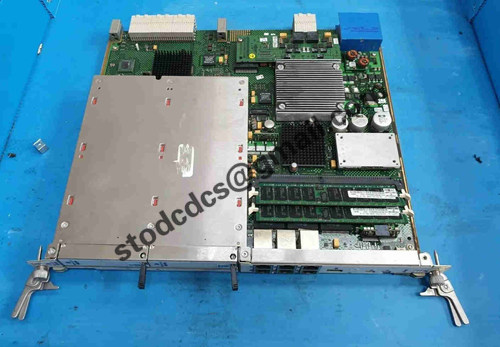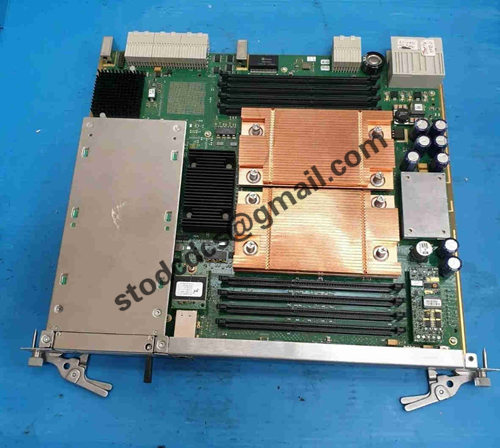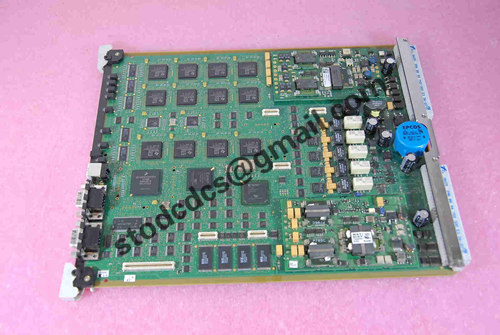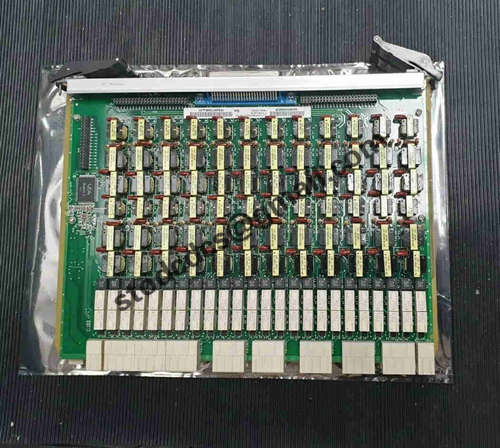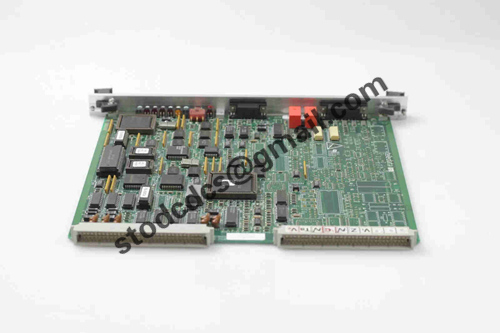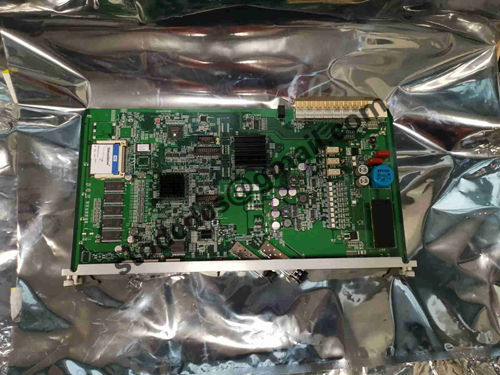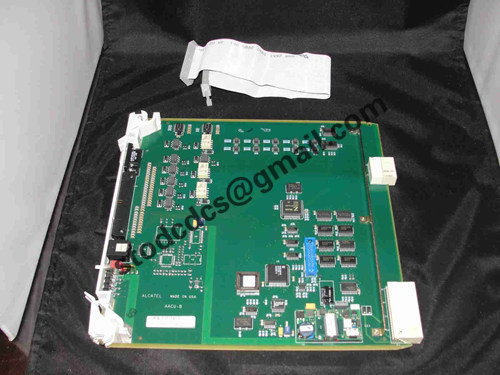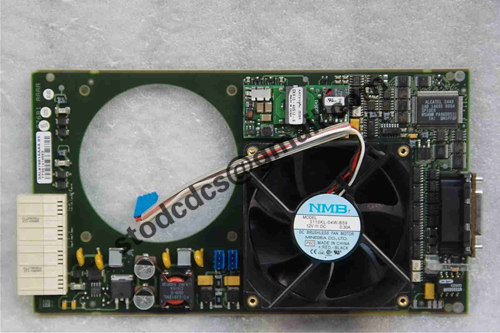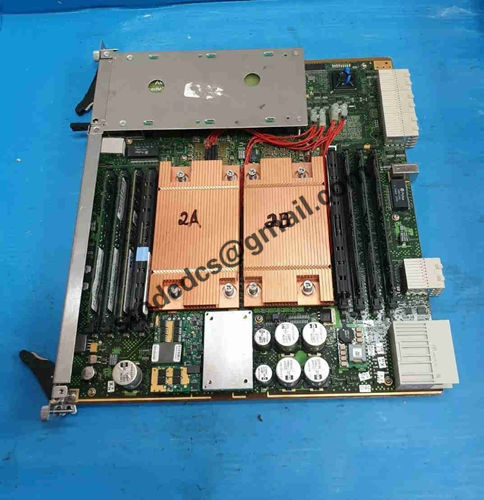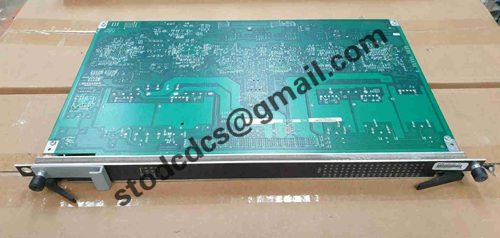Details
ALCATEL LUCENT 8DG02608AB Data Board Module
Product manual:
The 8DG02608AB Data Board Module from ALCATEL-LUCENT (now owned by Nokia) is a high-performance communication hardware,
Mainly used in operator grade network equipment, it undertakes functions such as high-speed data processing, traffic forwarding, or interface expansion.
With the evolution of network technology (such as 5G, cloudification, SDN/NFV), the application scenarios of such modules are constantly expanding and upgrading. The following are its core application areas and development trends:
1. Core application areas
(1) Optical Transmission Network (OTN/DWDM)
Scenario: Integrated into optical transmission devices such as 1830 Photonic Service Switch (PSS).
Function:
Support high-speed optical signal processing (such as 100G/200G/400G DWDM wavelengths).
Implement electrical layer cross connection (OTN switching) or flexible optical layer scheduling (FlexGrid).
Trend: evolving towards higher rates (800G+), lower power consumption, and open optical networks (such as OpenROADM).
(2) IP/MPLS Backbone Network and Edge Routing
Equipment: Used for 7750 Service Router (SR) or 7705 Service Aggregation Router (SAR).
Function:
Provide high-density Ethernet/IP interfaces (such as 10G/25G/100G).
Support new protocols such as SRv6 and Segment Routing to meet the requirements of cloud based networks.
Trend: Deep integration with AI driven traffic optimization and edge computing (MEC).
(3) 5G mobile backhaul and fronthaul
Scenario: Data transmission between 5G base stations (DU/CU) and the core network.
Function:
Low latency forwarding (meeting uRLLC requirements).
Supports Time Sensitive Network (TSN) and Synchronous Ethernet (SyncE).
Trend: Combining with X-Haul (Unified Architecture for Front/Mid/Back Transmission) solutions.
(4) Data Center Interconnection (DCI)
Function:
Large capacity data exchange (such as encrypted transmission based on MACsec).
Supports pluggable coherent optical modules (such as CFP2-DCO).
Trend: Compatible with open DCI architectures such as the Apollo project.
2. Technical upgrade direction
Speed improvement: Transitioning from traditional 100G to 400G/800G, supporting CPO (co packaged optical) technology.
Cloud integration: supports virtualized network functions (VNF) and containerized deployment (such as Kubernetes).
Intelligence: Embedded Telemetry data collection for AI operation and maintenance (such as Nokia's MantaRay NMS).
Green and energy-saving: adopting a new generation ASIC chip to reduce power consumption (such as Nokia's FP5 chip architecture).
Product details picture:

More related products:
216EA61BHESG448230R1/Gdigitalinputmodule
6ES7313-6CE00-0AB0ProgrammableTransmitter
UNIROL10103BHE035301R0001Excitationcontroller

